What does one do in Frankfurt on a Monday? The museums are closed and the city is focused on banking and other financial industries. For me, the answer was easy, go to Heidelberg.
Heidelberg sits in the valley of the Neckar River, a tributary of the Rhine, about 80 km (48 mi) south of Frankfurt. While the area has been inhabited for thousands of years, the roots of modern Heidelberg start in the 12th century, with the formation of the nearby Schönau Abbey. This led to the development of several towns along the Neckar. The Count Palatine of the Rhine built a castle in Heidelberg near the end of the 12th century, and a second castle was built about 100 years later. Heidelberg is also home to its eponymous university, founded in 1356. So, there is a lot to see there.
This was my last full day in Germany, and, after two weeks, I was close to exhausted. So, I opted to pay for a bus tour from Frankfurt. Going along with a group is not my favorite way to visit a town, but I was spent both mentally and physically, and I decided that not having to think and plan was the better way to go. Our group boarded the van around 9 AM and drove down the autobahn. The trip was unremarkable, except that every twenty minutes or so our guide would point out a castle up on the hill sides the define the Rhine Valley.
Our arrival in Heidelberg showed how the city has become an up-to-date university town. The school is considered one of Europe’s best, and there are many scientific research institutes attached to it, including the world-famous Planck Institute. The university and research facilities have built many modern buildings giving the outskirts of the city a very different feel than the city center.
One advantage of taking a tour is that I didn’t have to figure out how to navigate through Heidelberg. The train station is far from the old city center and the castle. Our van brought us directly to the castle’s visitor’s center, and our guide quickly got our tickets. We were given a tour of the grounds for 45 minutes, and then we had 45 minutes to explore on our own.
The buildings that comprise the castle were built between 1200 and 1500 CE, but today they are mostly in ruins. We entered the castle through the Elizabeth Gate. It is one of the newer parts of the castle, having been built in 1528, and rebuilt in 1718. While some of the buildings have been almost completely destroyed as the stones were repurposed to other structures in the area, the interior courtyard is in excellent shape, with beautiful decorations. The walls are covered with statues representing kings and scholars, each with some comment about their lives built into the art work. Warriors are given swords, while some others are shown as educators, with books and a scholarly cap.
When we finished enjoying the courtyard, we moved on to the real jewel of the castle, its view of Heidelberg. The castle sits on a hill about 80 m (240 ft) above the old center of town. We walked through a passage under one of the buildings that brought to a terrace that looked out over the Neckar valley. From here we could see a view of Heidelberg that probably has not changed that much in 400 years.
Leaving the castle, our tour brought us down to the historic center of Heidelberg, where we had a couple of hours to explore on our own. The neighborhood was mostly built in the 1700’s. Its narrow streets can take you back in time to that era, but only if you move away from Hauptstrasse, or Main Street. This pedestrian way is filled with tourists, souvenir shops and restaurants. But walk a block in either direction and you move back in history.
I headed for the University Library, founded in 1388 and houses over 3 million books among all of its satellites. The main building of the library was built in 1905 and it is a lovely structure, with marble stairs and statues and dark wood bannisters and decorations. Behind it sits a modern addition that is climate controlled for the comfort and safety of the patrons and the books.
Bicycles are ever-present in Heidelberg. Passing the train station, there were literally hundreds of bikes locked in front, waiting for their owners to return. As I walked towards the library, more and more bicycles appeared along the street. It is clear what is the primary mode of transportation in this college town.
Heidelberg is one of those places that travelers debate about. Some say that it has become too crowded, too touristy. They say that there are better castles and prettier valleys. I understand their point, but there is something about the town, and especially the view of it from the castle, that is special and worth seeing.
Getting There:
You can get to Heidelberg by taking the A5 autobahn, or an intercity train. There are buses that go into the old town, and a funicular that will take you up to the castle.


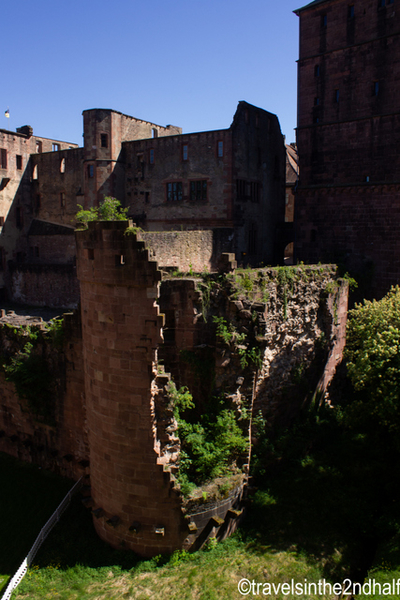

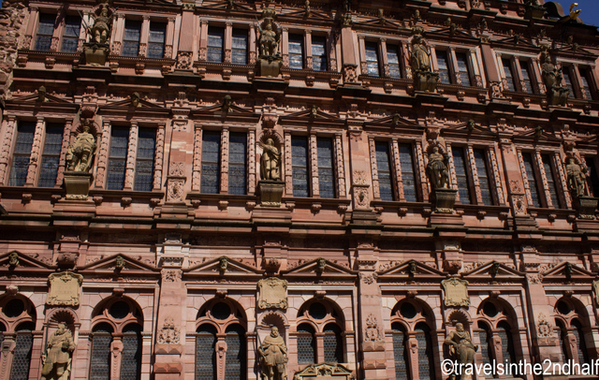
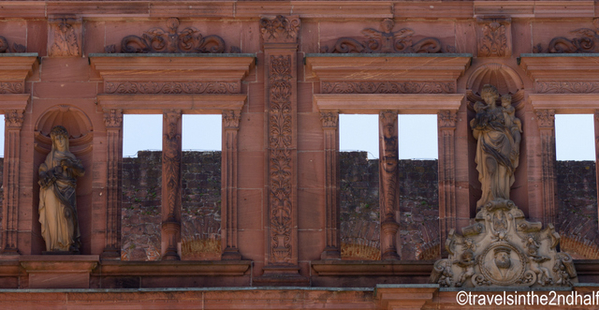

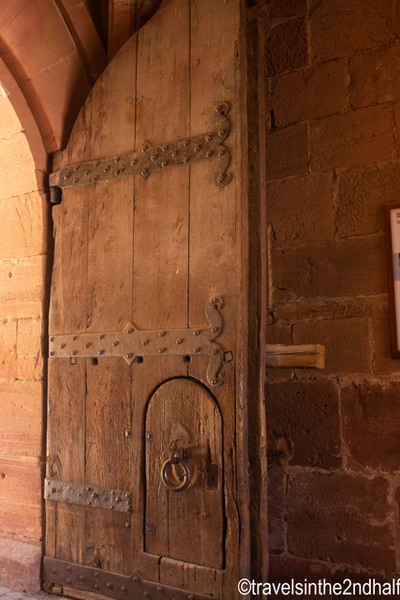
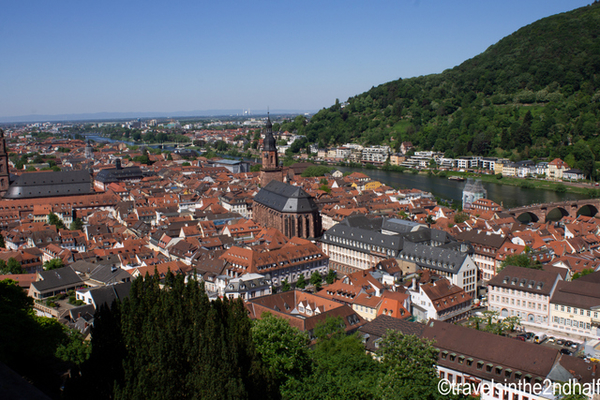
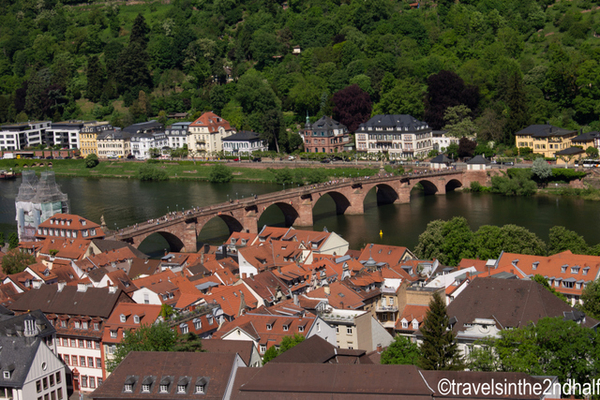
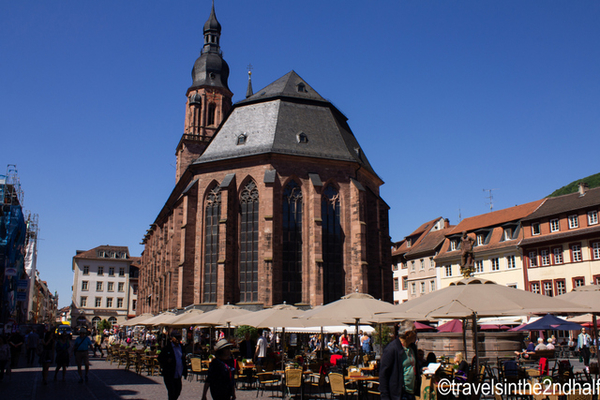

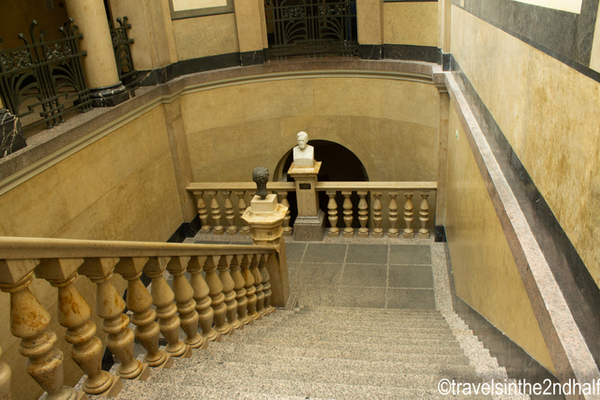
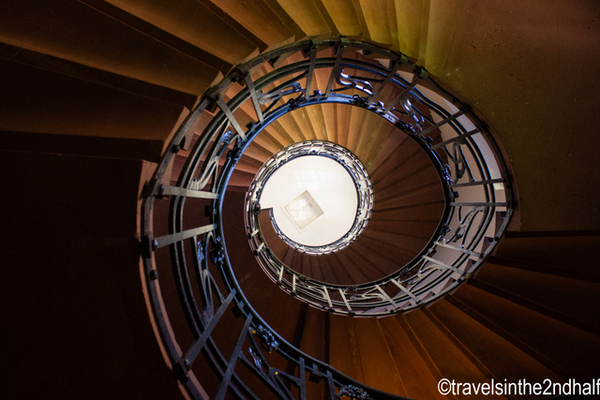

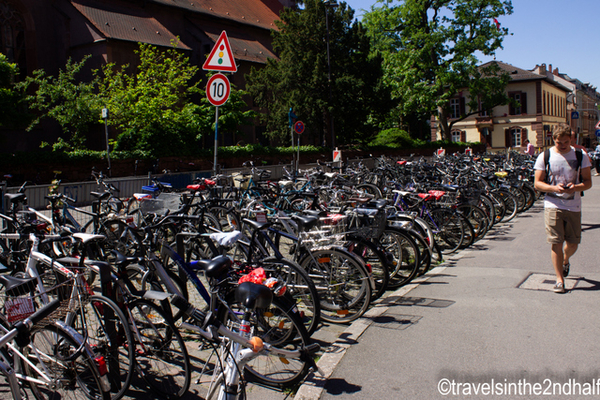
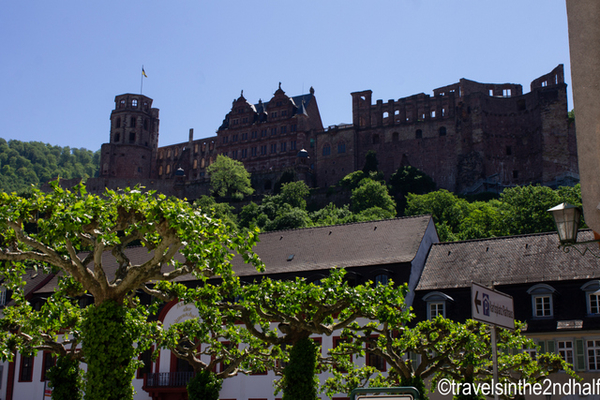
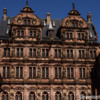

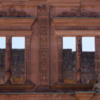

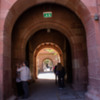
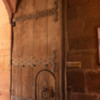
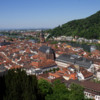
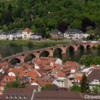
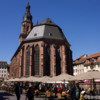
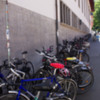
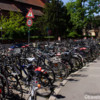

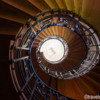

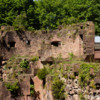

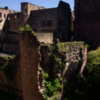

Comments (0)